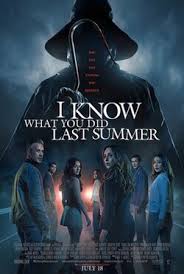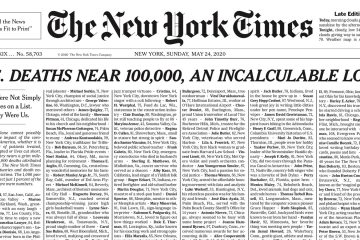The Cultural Impact of ‘I Know What You Did Last Summer’

Introduction
The 1997 film ‘I Know What You Did Last Summer’ remains a pivotal entry in the teen slasher genre, significantly shaping horror films of the late ’90s. With a compelling narrative and memorable characters, it brings forth themes of guilt, consequence, and the haunting nature of secrets. As we witness a resurgence of interest in classic horror, understanding its relevance in contemporary culture becomes essential for fans and filmmakers alike.
Main Body
Directed by Jim Gillespie and based on Lois Duncan’s 1973 novel, ‘I Know What You Did Last Summer’ follows a group of friends who, after a hit-and-run accident, are blackmailed by a mysterious figure. The film features a notable cast including Jennifer Love Hewitt, Sarah Michelle Gellar, Ryan Phillippe, and Freddie Prinze Jr. Its box office success, grossing over $125 million worldwide, sparked a series of sequels and inspired countless other films that attempted to replicate its formula of suspense and youthful fear.
The film’s impact can be seen in its pioneering use of modern horror motifs, blending traditional slasher elements with the struggles of adolescence. The narrative doesn’t just rely on gore; instead, it establishes an emotional resonance, providing insight into how fear can stem from one’s past actions. This approach contrasts sharply with earlier horror films that often prioritized shock over substance.
Moreover, the film’s production design, iconic villain, and the catchphrase ‘I know what you did last summer’ have cemented its place in pop culture. It generated discussions surrounding morality, accountability, and the complexities of young adulthood, thereby creating a framework for subsequent horror narratives. The film also drew attention to the need for character depth in horror, influencing writers and directors in the genre.
Conclusion
As years pass and new horror films emerge, the legacy of ‘I Know What You Did Last Summer’ continues to resonate. It not only paved the way for a plethora of teen slasher films but also emphasized the importance of character development in horror storytelling. Fans of the genre and new filmmakers alike can draw from its successes and shortcomings to create engaging narratives. As we look to the future, it’s vital to remember how this film has shaped our understanding of horror, emphasizing that the past will always influence the stories we tell in the dark.








